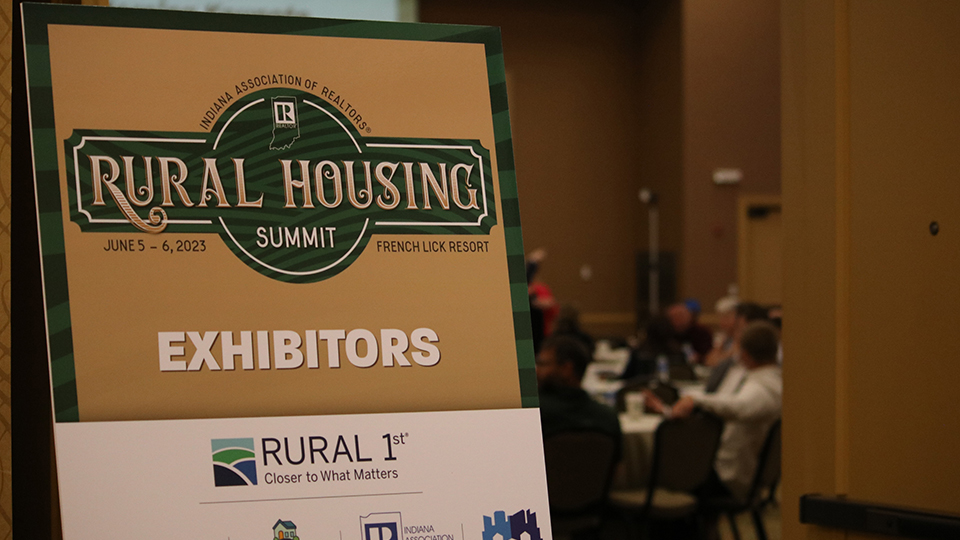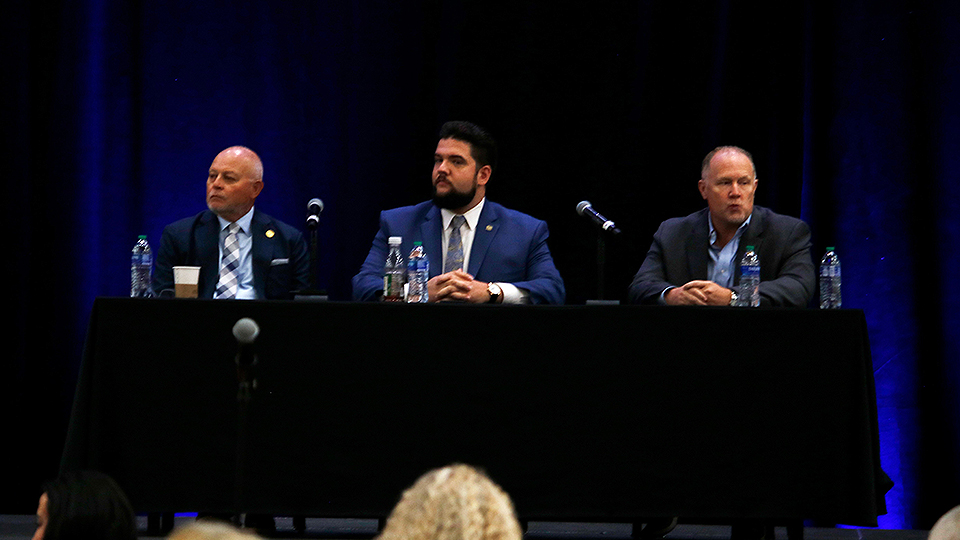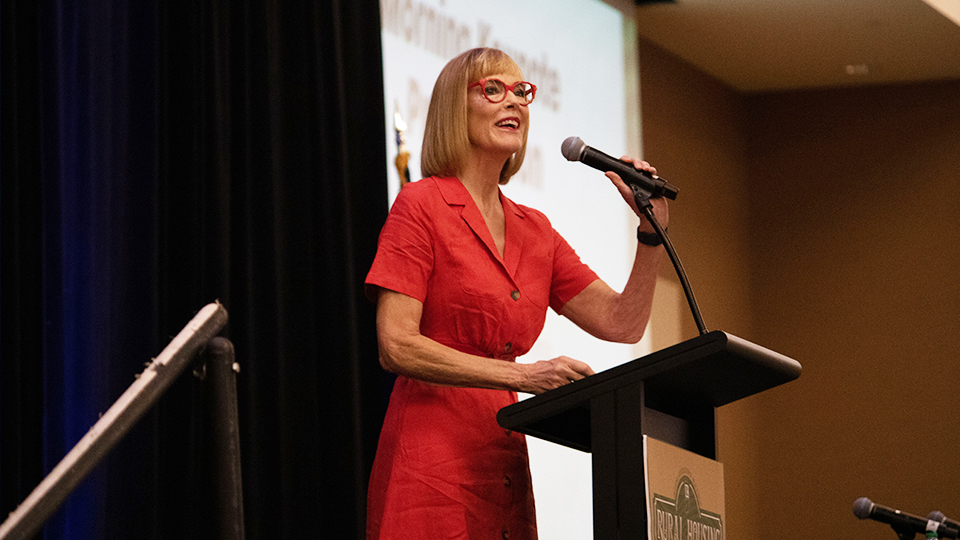State politicians talk rural housing challenges, stress local solutions
Subscriber Benefit
As a subscriber you can listen to articles at work, in the car, or while you work out. Subscribe Now
FRENCH LICK, Ind. - Realtors, housing specialists and business owners talked about how their state and local government involvement could better the state of housing development at Tuesday’s Rural Housing Summit in French Lick, while concerns of available and affordable housing grows to be a top priority for Hoosiers.
Concerns lie in aging housing infrastructure, the rate of housing and economic development and access to reliable broadband at home. On the summit website, the Indiana Association of Realtors said the housing market’s circumstances may stifle rural towns’ economic growth progression.
About 1 million Hoosiers live in rural areas, according to IAR. Though Indiana has added 400,000 private sector jobs since 2010, new housing development has not kept up, and the state has an estimated gap of 30,000 units, according to an IAR-commissioned study. Of the 42 counties adding new units at a rate under 2%, 27 of them are rural.
“As elected officials, you are the ones with the power to really look at assets and start moving barriers so that we can get the developers to the table to get to a yes,” said Kerry Thompson, Bloomington mayoral candidate and IU Center for Rural Engagement executive director. “Sometimes, those resources are not obvious, but if you’re willing to get really creative with a partner and believe that there’s a link in there, frequently you can find what you need to attract the housing that your community needs.”
The panelists included individuals who are actively campaigning for office, advised lawmakers in the statehouse as specialists, have been involved in city and county governments or were appointed to high ranking roles in organizations like the Office of Community and Rural Affairs, the Indiana Housing and Community Development Authority and the Indiana Department of Environmental Management.
Several said how the government is a partner in assisting housing creation whether through local officials pitching their towns to developers or large, federal and state agencies providing grants and supporting other initiatives to aid the issue. They urged those in attendance — largely realtors and housing experts — to reach out to local leaders and offer thoughts and solutions.
“If your local officials are not willing to listen to your ideas, they’re not going to be there very long,” said Denny Spinner, former Huntingburg mayor and OCRA executive director. “You can help them solve this problem.”
Thomson and Spinner, both local politicians, talked about the idea of upstarting housing development at a local level with local leaders who know their area best and what it brings to the table. Thomson, who repeatedly referred back to her center’s Housing Ready toolkit, said each community is different and they need to piece together their highlights and gaps to build support to create momentum for new housing.

Three state representatives spoke with moderator Maggie McShane, a lobbyist representing IRA, on about fixing housing issues and shortages through state legislation. They largely spoke on House Bill 1005, which was large-scale priority legislation making it easier for developers to build homes and was said to address the need for affordable housing, that was passed last session. The lawmakers also applauded realtors and others at the summit for sharing their viewpoints and opinions on legislation — to which bill author Rep. Doug Miller, R-Elkhart, in part credited them for HB 1005.
Lt. Gov. Suzanne Crouch, Rep. Doug Miller, and Rep. Chris May talk about the needs for rural and economic development in Indiana.
Miller is a longtime homebuilder, was a former president of the state homebuilder association and has had a hand in a slew of housing-related legislation. He said this legislation was a landmark bill in his career and is an investment for rural communities.
“The thing that encourages me the most: I think it challenges our local elected officials to push the limits and say, ‘It says we can do this but how do we do it,” Miller said. “1005 can be used at the township level, because it specifically says — it talks about any governmental unit and a township is a governmental unit.”
Rep. Chris May, R-Bedford, doubled down on the sentiment, saying he wants to see more local leaders becoming more involved in solving this problem and using these allotted funds to build more housing.
“What we got to realize is our constituency, you folks, need to be involved in that, in that process, attend these commissioner meetings, attend these council meetings,” he said. “That’s the government that directly affects you and has the biggest impact on you.”
Real estate broker Rep. Tim O’Brien, R-Evansville, also spoke to his time as a legislator, expertise on how land banks can help development and his legislation for a building safety commission.

The keynote speaker was former realtor Lt. Gov. Suzanne Crouch, who is notably running for Indiana governor in a crowded race with Sen. Mike Braun, business owner Eric Doden and Democrat challenger Jennifer McCormick, a former state superintendent of public schools.
Crouch stressed the importance of affordable rural housing to match the job market and the needs of Hoosiers. Crouch repeatedly sounded three words: “quality of life.”
“One of the first ways of measuring success is by housing and getting people into housing that they can afford where they can create memories and create a life that stays with them forever,” Crouch said. “The next chapter in Indiana’s history is quality of life.”
Reliable broadband and the quality of life created in rural areas can be drivers of new residents, she said, especially as more jobs are remote and the workforce can move freely. Quality of life brings people to an area and people bring businesses who need workers, she said. Making a commitment to bettering residents’ well-being, specifically in rural areas, could in turn spur economic development, strengthen communities and draw more people to live in the state.
